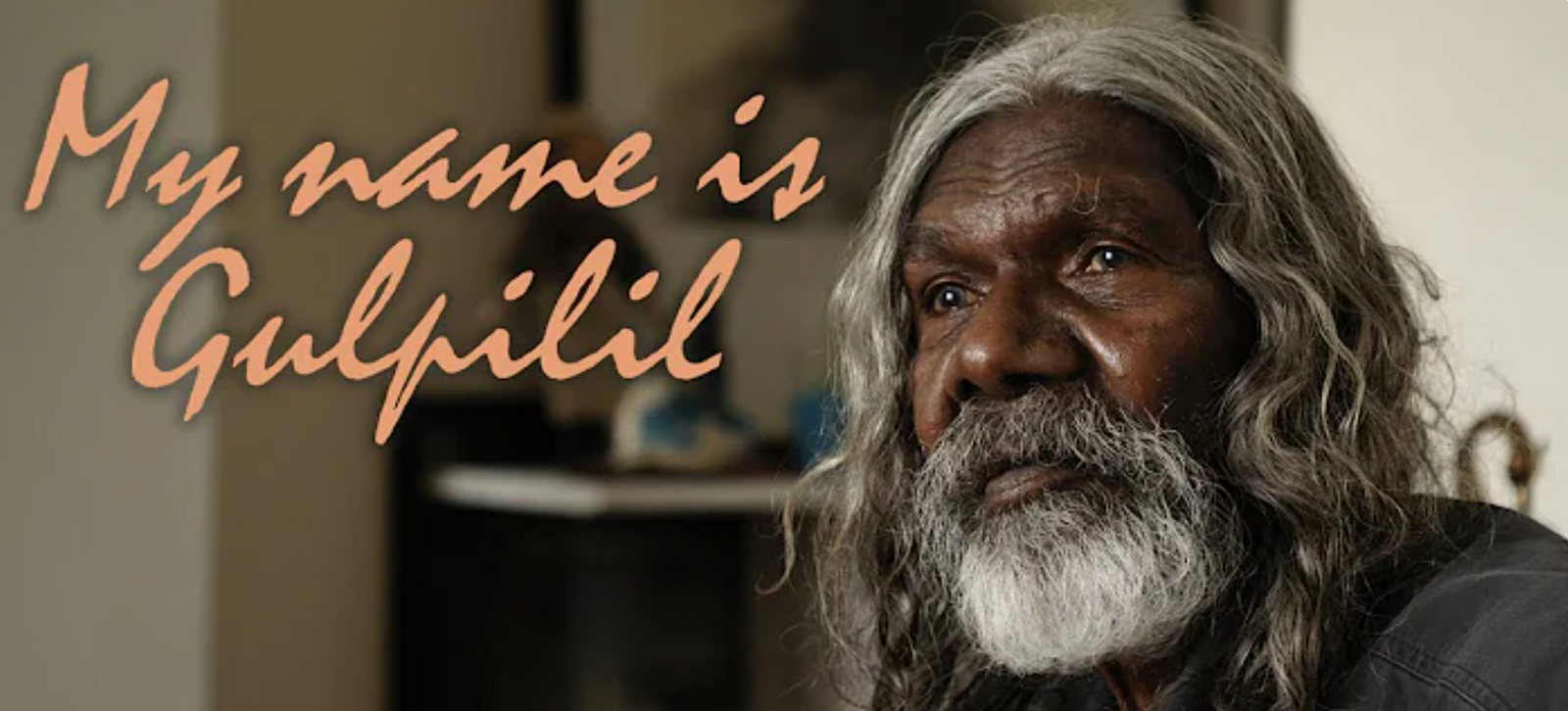Gulpilil is in the Landscape

Originally posted on my old website in December, 2021:
On the 29th of November 2021, I drove out to the Western Volcanic Plains of Victoria to find more of those elusive coloured salt lakes. My aim was to find a story in the landscape worth putting together in a new series of photographs for a future art exhibition. Little did I know that my relationship to this land would change.
For the past year, I had explored the back roads of the volcanic plains, capturing them in story form as photographs and showcasing them online. With every journey, I felt closer and closer to this part of Australia. The soft, undulating landscape, scattered with extinct volcanoes, giant wind farms and hidden salt lakes, has deeply impressed me in a way I cannot explain. But nothing prepared me for what would happen during my most recent expedition last Monday, on the day the world-renowned Australian actor David Gulpilil died. It was less than a year ago that we were fortunate enough to hear his story in the documentary film, ‘My Name is Gulpilil.’
On this day, before I heard the sad news, I came across a beautiful orange salt lake north of Lake Bolac. It had a strange, thick red line of pigmentation on the muddy banks surrounding the entire lake. The red line weaved in and around the undulating shapes of mud, sand and salt at the water’s edge. It made for a very powerful subject for a drone photographer like me searching for stories in the landscape. But things don't always go to plan.

Car broke down in the middle of nowhere.
Later that day, after photographing another salt lake in the south, I heading back to Melbourne. At around 8:30pm my car broke down on the Hamilton Highway, about 60 km west of Geelong. Unfortunately there were no towns or homesteads for miles. The RACV came, then eventually a tow truck arrived and towed my car away - with my drone in the boot. I finally got a lift to Geelong by 1am, stayed in a hotel and caught a train to Melbourne in the morning. A few days later, on the Thursday, I returned to Geelong, got my car, drove home, and took out my drone eager to see what my photographs looked like.
The first image that caught my eye reminded me of a Kingfisher bird diving into water, so I named it ‘Kingfisher’ and added it to a new folder.

'Kingfisher' - Cockajemmy Lake, Victoria.
The next image that caught my eye also had the same unique red line traversing through it. I had originally taken the shot in landscape. I liked the movement of the red line across the image. But it didn't feel right, so I decided to rotate it to portrait. That’s when I saw it. It sent shivers up my spine. The red line of pigmentation seemed to represent an Australian Aboriginal face. It did not look to me like a European face, or an Asian face, or an African face. It was an Aboriginal face etched into the landscape.
'Untitled' - Cockajemmy Lake, Victoria.
That's when I remembered that David Gulpilil had recently died. So I googled the exact day he had passed away, and, sure enough, it was the previous Monday, 29th of November. It was the precise day I took this very photograph. I was a little shocked and thought I was simply reading too much into things. So, I sent it to some friends for their take on it. They too, were all taken aback by the photo’s resemblance to an Australian Aboriginal face, and even to the face of David Gulpilil himself.
But that's not the end of the story. That night, on a social media tribute post to David Gulpilil, I found out that the name ‘Gulpilil’ in his language means ‘Kingfisher.’ And that's when it really hit me. This felt more than a simple coincidence. For me, it meant the Indigenous peoples of Australia are more than just custodians of the land. They are in the land - the true face of Australia.



Leave a comment